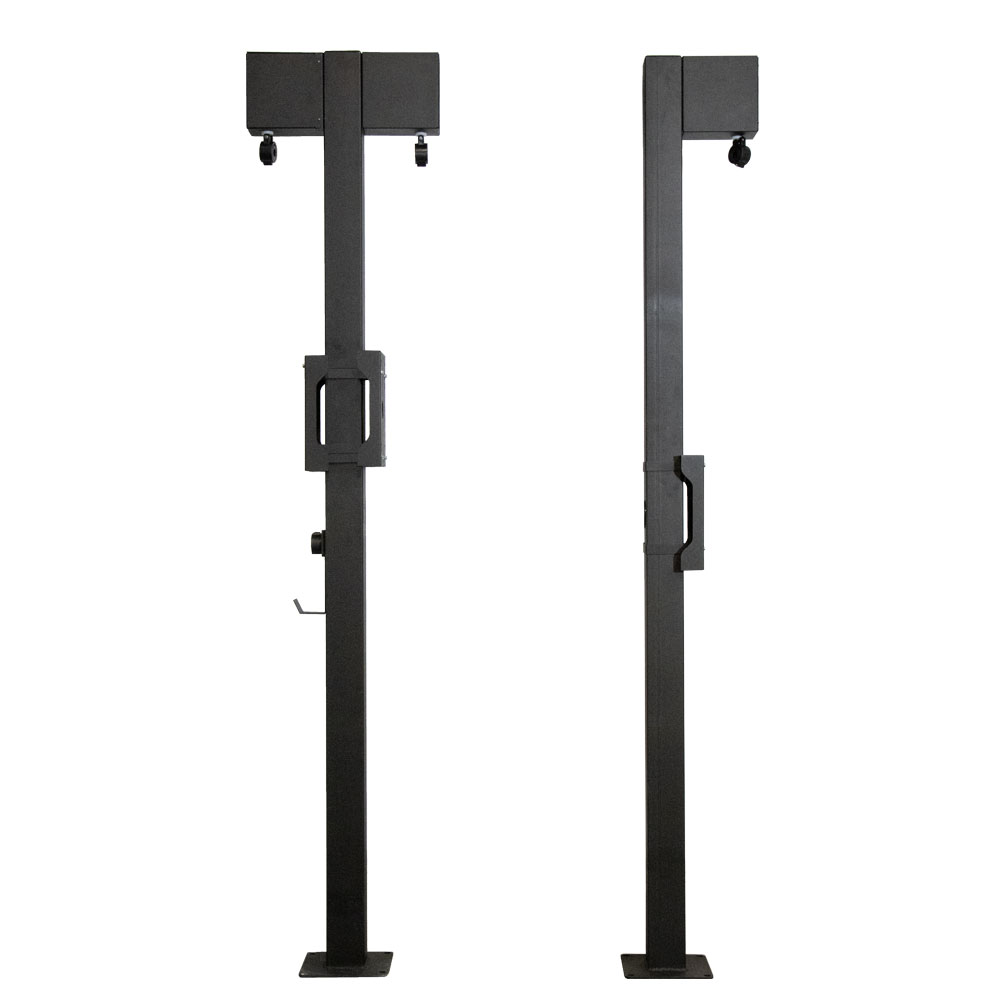We use cookies to make your experience better. To comply with the new e-Privacy directive, we need to ask for your consent to set the cookies. Learn more.
Level 2 EV Charger Installation: Physical Infrastructure Requirements
With more than 26 million electric vehicles (EVs) expected on U.S. roads by 2030, now’s the time to start planning for EV chargers at your facility. For commercial applications — including powering a fleet of work vehicles and EV charging for customers — Level 2 chargers are often the most cost-effective choice.
It’s true that DC fast charge technology is, as the name implies, a lot faster than Level 2 charging. Level 2 chargers recharge batteries at a capacity rate equal to 20 or 30 miles of range per hour, while DC fast chargers get a near-empty battery up to 80% charge in around half an hour.
That makes DC fast charge technology ideal for public charging stations, like the ones that will soon line U.S. highways. But due to their lower cost and more relaxed demands on energy infrastructure, Level 2 chargers are more appropriate for charging scenarios in which time is less of an issue: Employee parking lots, multifamily units, hotels, and fleet depots, for instance.
Of course, your choice of charger technology is just the beginning of a Level 2 EV charger installation. You also have to prepare the physical space for EV chargers. What does that require? Keep reading to find out.
3 Infrastructure Elements of Level 2 EV Charger Installations
Here are the three key pieces of hardware you’ll need before you can start installing a Level 2 EV charger system:
 |
| EV Charger Pedestal and Cable Management Kits |
1. EV Charger Stands
Unlike DC fast chargers, Level 2 EV chargers typically don’t ship within a free-standing frame. Instead, they’re designed to be mounted to walls or stands — and if you don’t have access to walls near your parking space, your best bet is an EV Charger Pedestal.
Learn more about EV Charger Pedestals from BHS, Inc.
This design provides protection for equipment, easy access to charging cables, and a compact footprint that fits easily into most parking areas. For best results, choose Charging Pedestals rated for outdoor use, including steel construction and a weather-resistant powder-coat finish. Make sure your charger stands comply with Article 625 of the National Electrical Code, which requires chargers to be installed at least 24 inches high in outdoor stations, and 18 inches high indoors.
EV Charger Pedestals from BHS meet all these goals, supporting one or two Level 2 EV chargers per stand. They also ship with integrated Cable Management Kits, which brings us to the next item on our list.
|
READ MORE: What Are EV Pedestals? Understanding EV Charger Support Equipment |
2. EV Charger Cable Management Systems
Article 625 of the NEC requires cable management systems for all EV charging cables of 25 feet (7.5 meters) or longer. Even if you use shorter charging cables, however, cable management is an important element of your Level 2 charger installation.
These systems keep cables off the ground, preventing damage to costly assets. At the same time, they provide convenient access to users. However, it’s important to choose cable management equipment that limits stress and strain on cables during use.
Learn more about EV Charger Cable Retractors from BHS, Inc.
EV Charger Cable Retractors from BHS check all these boxes with an auto-retracting reel that lifts cables between uses, then releases them easily with a gentle tug. Both wall-mounted and stand-mounted models are available — and these cable management kits are included in every EV Charger Pedestal.
|
READ MORE: EVSE Cable Management: Compliance With Safety Standards and Regulations |
3. Structural Barriers
Every Level 2 EV charger installation places vehicles and expensive assets in close proximity to one another. That can be a risky situation. While EV Charger Pedestals and Cable Management Kits provide some level of protection for your equipment, it’s also a good idea to install barriers that limit the risk of impacts.
Depending on the layout of your charger site, one or two Structural Bollards may be all you need. For more comprehensive protection, install Structural Barrier Rails around EV charging installations. These solutions protect equipment while still providing easy access to charging cables for convenient use.
|
READ MORE: EV Charging Station Design: 5 Considerations for Fleet Owners |
As you begin planning your Level 2 charger installation, choose supportive infrastructure built specifically for the task. Questions about EV charger handling equipment from BHS? Contact our sales team at 1.800.247.9500 to learn more.
